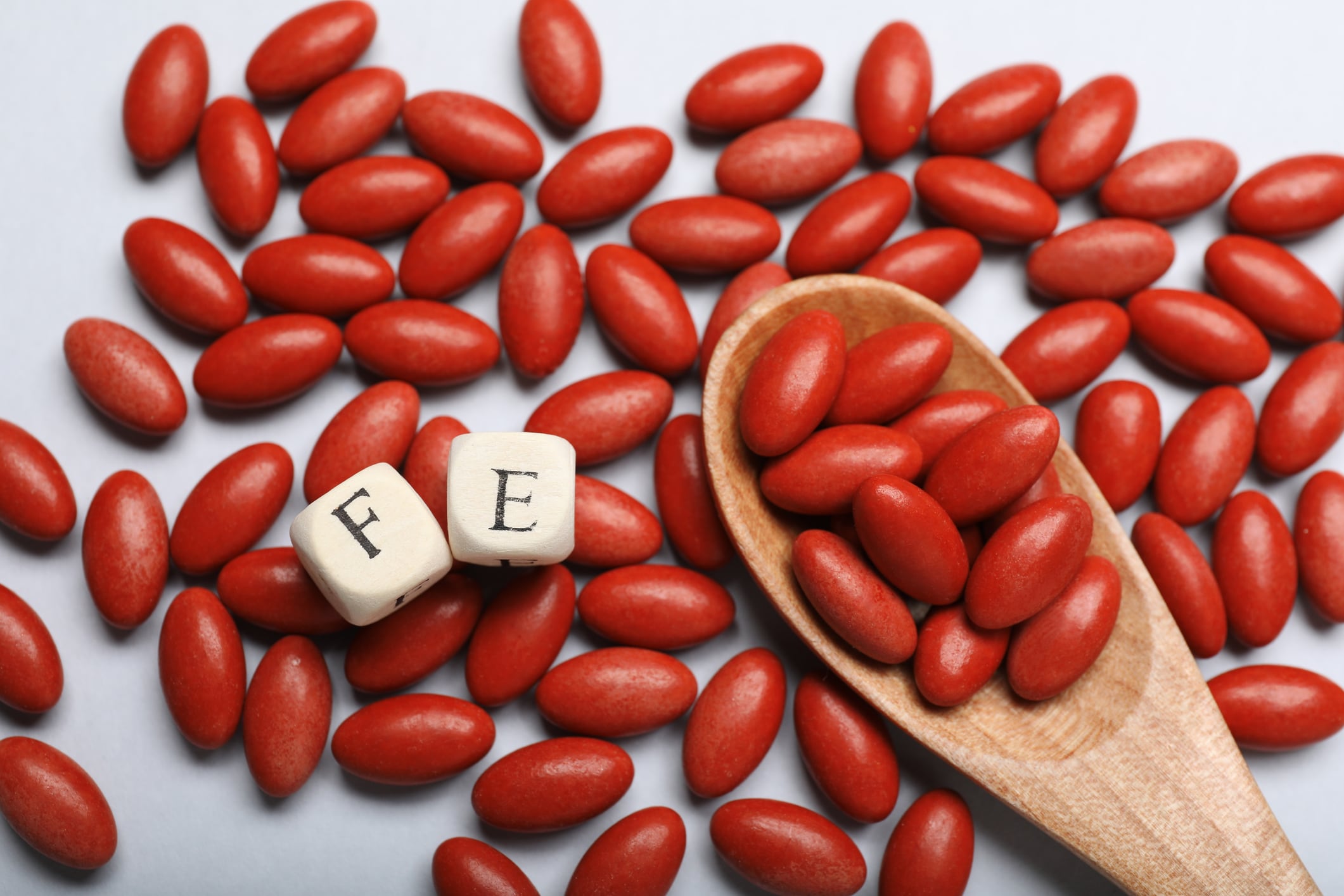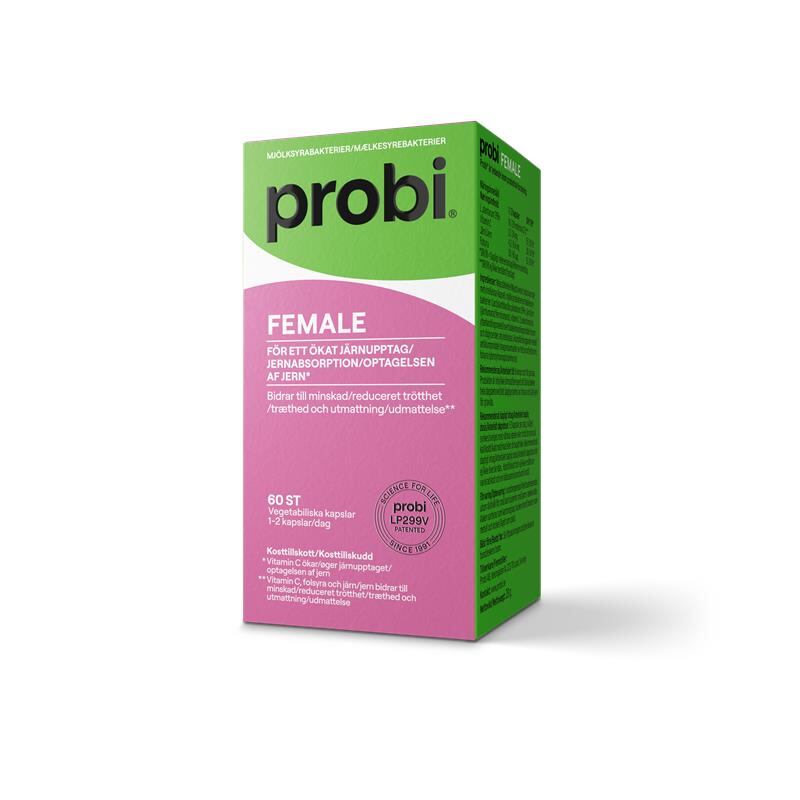The in vivo study published in Scientific Reports, which evaluated iron bioavailability and gastrointestinal tolerability in iron-deficient rats, found that Lubrizol’s formulation outperformed conventional options such as ferrous sulfate, ferrous bisglycinate and other encapsulated iron salts.
“Interest in iron supplementation is expanding beyond pregnancy, to men, athletes, younger women with heavy menstruation, people concerned about fatigue, and even beauty from within, considering pale skin or dark circles,” Alan Connolly, global R&D manager of nutra at Lubrizol and co-author of the new research, told NutraIngredients.
“From a human perspective, these results could be beneficial for sports nutrition, for either faster bulking or better energy utilization.”
Reduced side effects in anaemia treatment
Anaemia affected an estimated 1.9 billion people in 2021, the most common form of which was iron-deficiency anaemia (IDA). Iron supplements such as ferrous sulfate, gluconate, or fumarate are common supplement solutions for IDA, however, they can trigger gastrointestinal side effects, including nausea, vomiting, constipation, and diarrhoea, which can reduce treatment adherence.
To address these limitations, researchers are developing new strategies that improve iron bioavailability and reduce side effects, Connolly told NI.
“Microencapsulation encloses iron in a protective matrix that prevents unwanted interactions, stabilizes the ingredient, and allows controlled release in the stomach or intestine,” he said.
“This technique can improve absorption, enhance sensory qualities, and increase tolerability by limiting contact between unabsorbed iron and gastrointestinal tissue or gut microbiota.”
Microencapsulated iron shows high bioavailability
The researchers evaluated four iron supplements: ferrous sulfate, ferrous bisglycinate, and two microencapsulated iron pyrophosphates, one of which was Lipofer and another branded ingredient. They supplemented rats with a rat-equivalent dose corresponding to 80 mg of elemental iron in humans.
They used 60 male Wistar rats, 50 of whom received a low-iron diet for 24 days and 10 of whom served as controls and received an iron-sufficient diet. The iron-deficient rats were then assigned to five different intervention groups.
Over 21 days, the researchers ran an iron-repletion phase where they administered each iron supplement orally in low-fat condensed milk after five hours of fasting, while rats continued on the low-iron diet. They then fed all rats a normal-iron diet for nine weeks while continuing supplementation to assess gastrointestinal tolerability, collecting feces during weeks five and nine.
The researchers assessed haemoglobin levels on days 0, 14, and 21, and calculated iron content in haemoglobin, haemoglobin regeneration efficiency, and relative bioavailability values. They analysed serum iron, total iron-binding capacity (TIBC), transferrin saturation, and unsaturated iron-binding capacity (UIBC) on days 0 and 21.
At the endpoint, the researchers collected blood and gastrointestinal tissues, measuring serum iron parameters, circulating hepcidin, and inflammatory cytokines (TNF-α, IL-10).
Results indicated all iron sources corrected iron deficiency within 14 days of supplementation; however, as Connolly explained, Lipofer showed a higher absorption rate than the other micronized iron ingredient because it produced a greater drop in TIBC and transferrin and a larger rise in hemoglobin. Lipofer also generated more iron foci, which Connolly said indicated efficient M-cell absorption.
“All the rats recovered from anemia within 14 days across the effective iron sources,” Connolly said. “This tells us our product is as bioavailable as ferrous sulfate and the other benchmark ingredients.”
“Most importantly, our product produced significantly fewer inflammatory side effects. Ferrous sulfate, for example, increased IL-6 levels, indicating intestinal irritation. Our product did not.
“Inflammatory markers like IL-6 are the same in rats and humans, so this translates well.”
Connolly explained the encapsulation allowed for slow release, so instead of overwhelming absorption pathways and causing side effects, it releases iron gently over time, improving tolerability.
“Micronizing ferric pyrophosphate increases surface area, which improves uptake and allows natural absorption pathways to work more efficiently, reducing side effects,” he said.
“Pregnant women especially struggle with tolerability. They know they need iron, they want to take it, but the side effects are difficult. This is a gentle, effective alternative.
“The category has gained attention - iron is becoming mainstream, and iron deficiency without GI upset is a big topic.”
Source: Scientific Reports doi: 10.1038/s41598-025-07202-3 “Comparative study of the effects of different iron sources on bioavailability and gastrointestinal tolerability in iron-deficient rats.” Authors: R. Mariné-Casadó et al.




